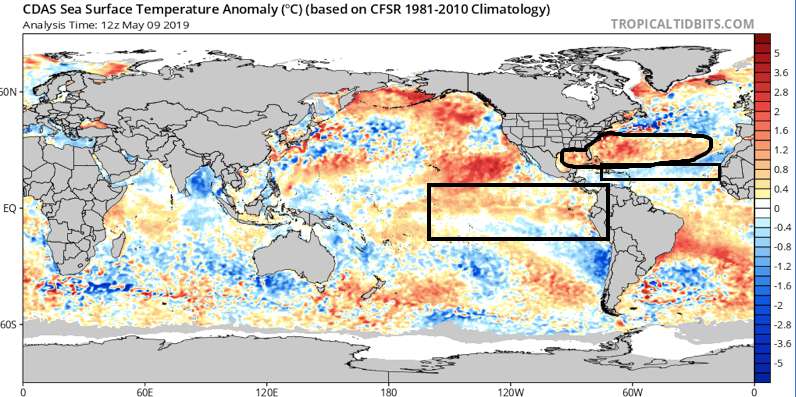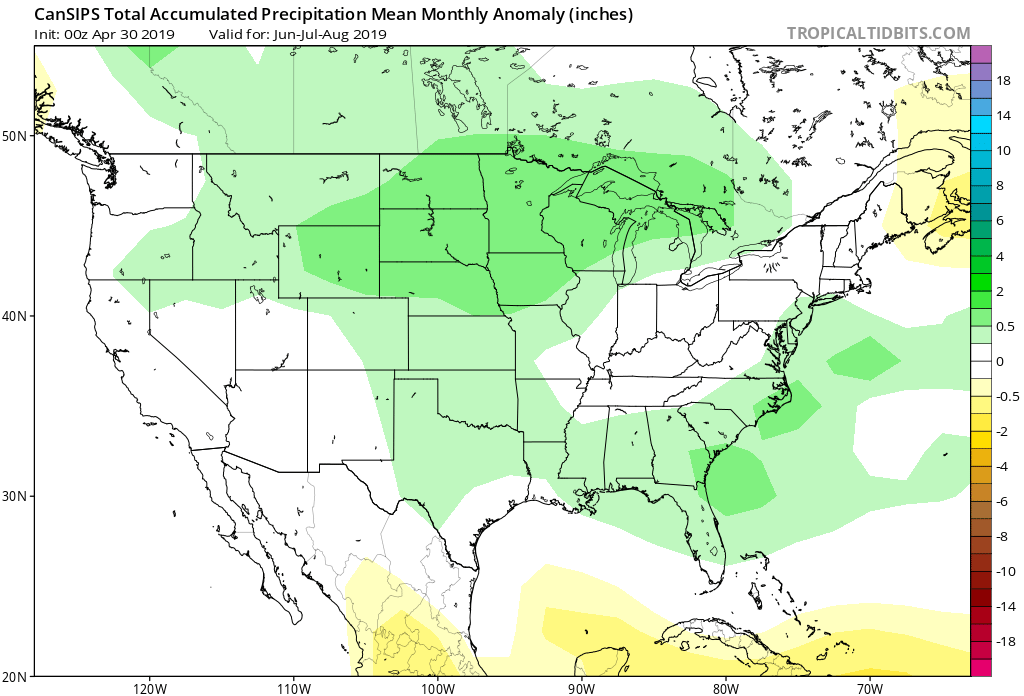You must be logged in to view this content. Click Here to become a member of IndyWX.com for full access. Already a member of IndyWx.com All-Access? Log-in here.
Category: Tropics
Permanent link to this article: https://indywx.com/video-agwx-and-severe-weather-update-what-role-will-soon-to-be-barry-play-down-the-road/
Jul 08
VIDEO: Quiet Week Overall; Discussing How The Tropics May Play A Big Role In The 6-10 Day Period…
You must be logged in to view this content. Click Here to become a member of IndyWX.com for full access. Already a member of IndyWx.com All-Access? Log-in here.
Permanent link to this article: https://indywx.com/video-quiet-week-overall-discussing-how-the-tropics-may-play-a-big-role-in-the-6-10-day-period/
Jul 07
Getting To Be That Time Of Year: Major Model Differences Around Tropical Mischief…
A trough of low pressure will continue moving south through the Southeast region (now) and into the northern Gulf (by the early to middle portion of the work week).

With warmer than average sea surface temperatures across the north-central and northeastern Gulf, along with a favorable upper level wind environment, the potential is present for this disturbed area of weather to strengthen into a tropical depression over the next few days before meandering just off the coastline.

While Gulf Coast beach-goers will need to remain on guard for the threat of more organized unsettled weather during the upcoming period centered on early to mid week, the potential inland impacts are much less certain at this point.
Reviewing the latest midday model guidance shows two different camps:
I. The GFS likes the idea of a heavy inland rain threat impacting the Carolinas (primarily east of the Appalachians) late week and into the weekend.
II. The European forecast model “curls” the area of disturbed weather west. A polar opposite of the GFS solution, the European strengthens the system across the north-central Gulf before bringing potential Barry into LA over the weekend. Thereafter, if this solution proves correct, portions of the OHV (including central Indiana) would deal with rain early next week.
We, obviously, have a long way to go with this set-up, but given the overall upper air pattern we tend to favor more of a GFS solution at this point in time. Needless to say, we’ll keep a very close eye on things over the upcoming few days…
Permanent link to this article: https://indywx.com/getting-to-be-that-time-of-year-major-model-differences-around-tropical-mischief/
Jul 07
VIDEO: Drier Trends This Week; “Homegrown” Tropical Mischief Brewing?
You must be logged in to view this content. Click Here to become a member of IndyWX.com for full access. Already a member of IndyWx.com All-Access? Log-in here.
Permanent link to this article: https://indywx.com/video-drier-trends-this-week-homegrown-tropical-mischief-brewing/
May 09
2019 IndyWx.com Summer Outlook
2019 is absolutely flying by! Before you know it, we’ll be releasing our 2019-2020 Winter Outlook. Kidding- sort of. 😉
Is a blazing hot summer in store for central Indiana, or perhaps wet and cool? Let’s dig in to the details…

As we look at current sea surface temperature anomalies, a few items stand out:
I. We expect a weak El Nino to continue through meteorological summer (June through August), and perhaps even into next winter.

II. MDR (Main Development Region for tropical entities) is running cooler than normal and would suggest an overall “less busy” hurricane season from a long-track perspective
III. SSTs are running much warmer than normal in the Gulf of Mexico and off the East Coast. This is important as while the long-track tropical systems may not be as frequent, we’ll have to remain on guard for the potential of active times closer to home this season. Additionally, these warmer anomalies tend to lead us to believe precipitation will run above normal across coastal areas into the Deep South this summer.
Let’s look at some of the climate computer model data for the summer season:
The latest IRI model (International Research Institute) shows relative warmth along the coastal areas and the west with greatest wet anomalies across the Northwest.


The CFSv2 is leaning towards an anomalously wet summer across a widespread portion of the country (exception being New England).


As we review the CanSIPS, it likes the idea of a cool, wet summer across the Heartland with warmth along the coasts.


The European Seasonal Forecast has a seasonal summer for most of the country with warmth along the coasts, and a reflection of wetter anomalies across the northern Plain into the Northwest.


(The JMA Seasonal hadn’t updated as of this post).
After taking into account the various seasonal model data above (which is in remarkable overall agreement for a LR forecast idea), along with the current SST configuration, and analog data, this is how we see the Summer of 2019 playing out.


Specific to central Indiana, we’re forecasting a rather wet and cooler than average summer. Frequent storm systems should keep things active around these parts for the balance of the summer season, with the temperature scale tipping a touch cooler than normal.
While the number of named storms should be down compared to normal (highlighted by the Euro seasonal precipitation idea), we’ll have to keep close tabs on the Gulf of Mexico and off the Southeast coast for the potential of “last minute” development. Those warmer than normal sea surface temperatures lurking off the coast does warrant concern for at least the threat of another active year from a landfall perspective.
Permanent link to this article: https://indywx.com/2019-indywx-com-summer-outlook/
